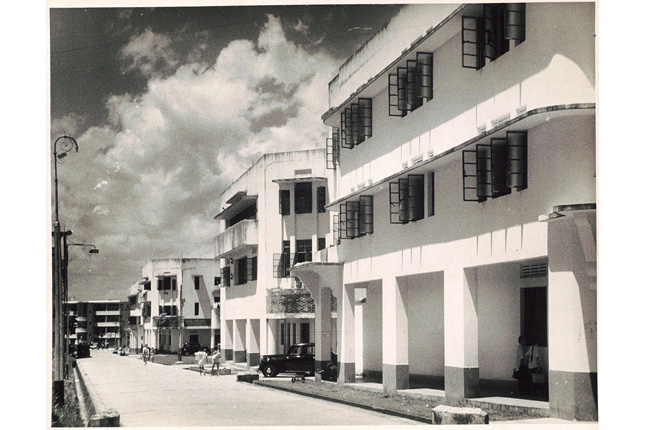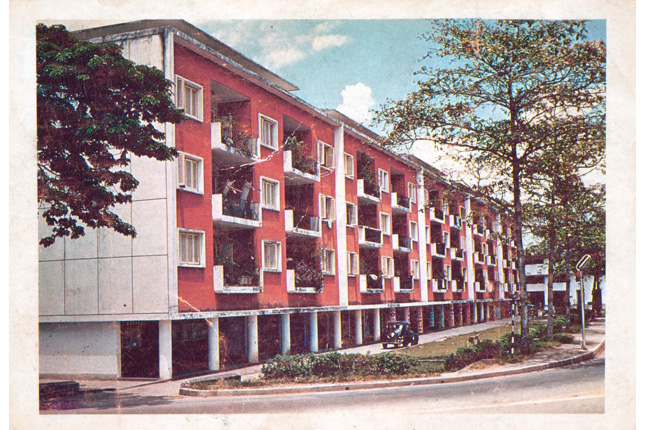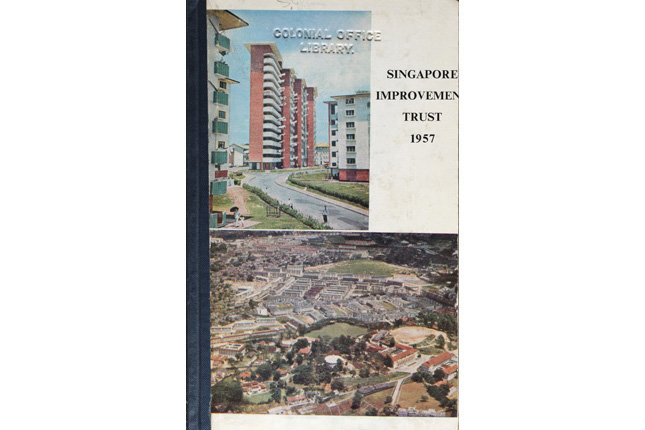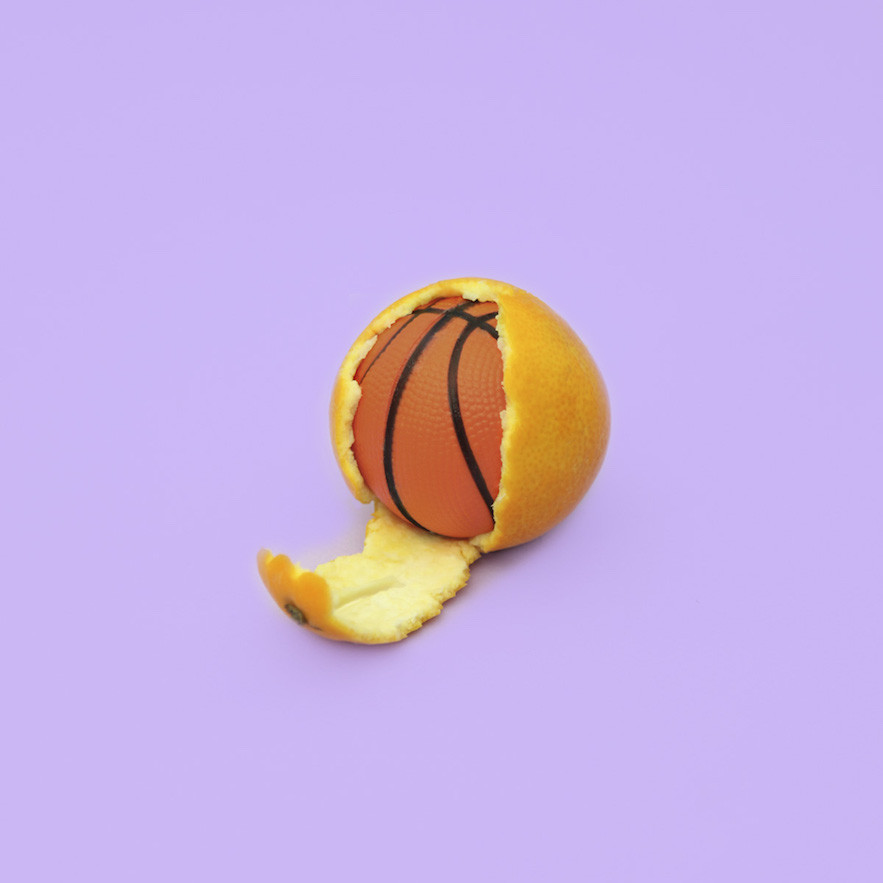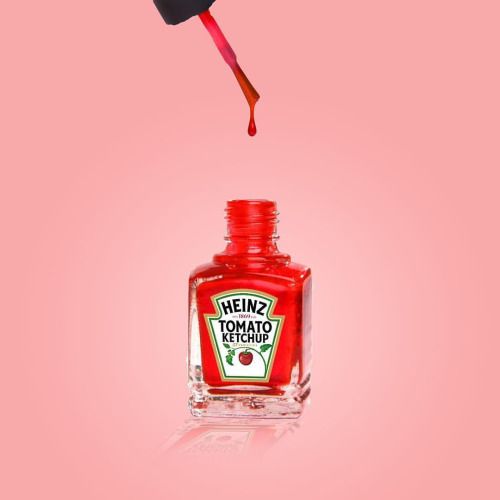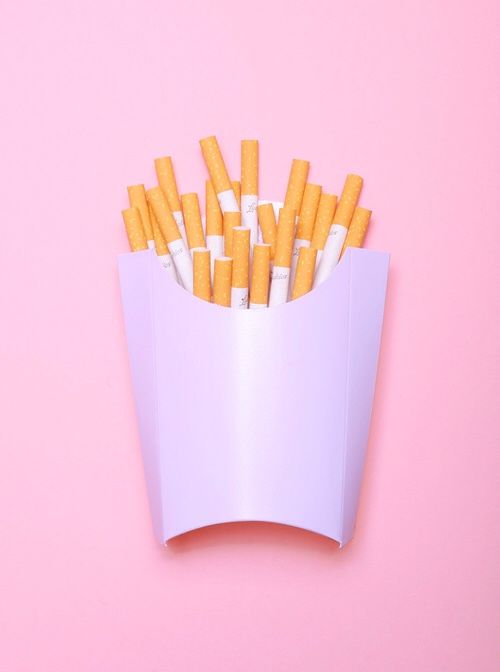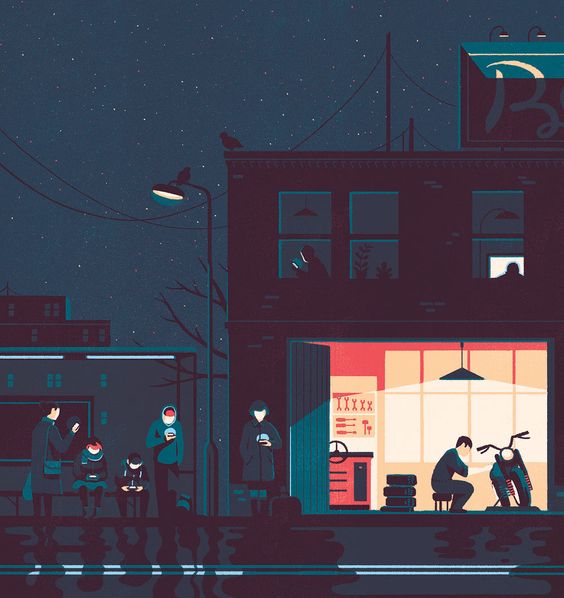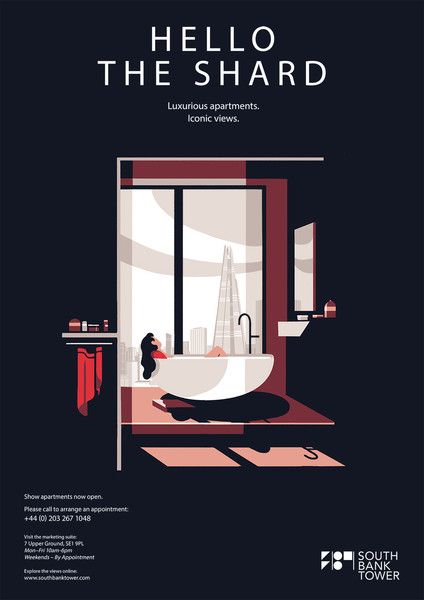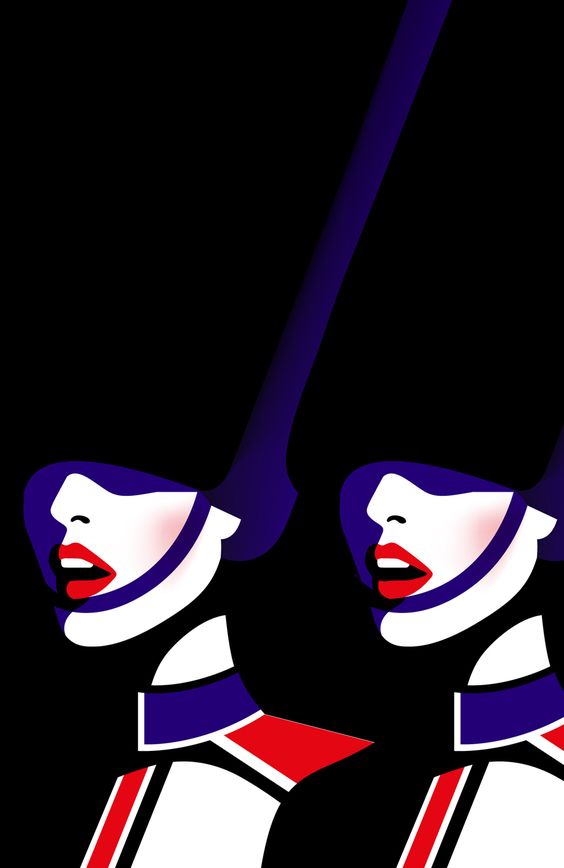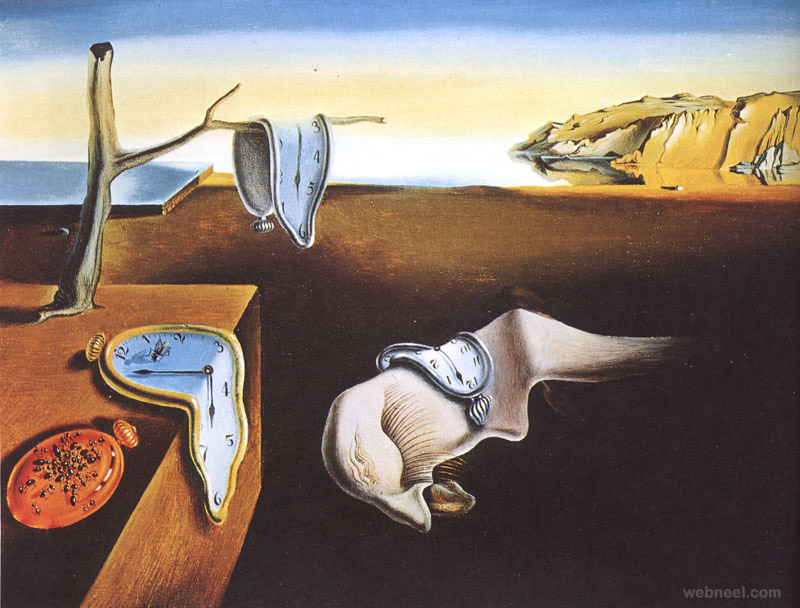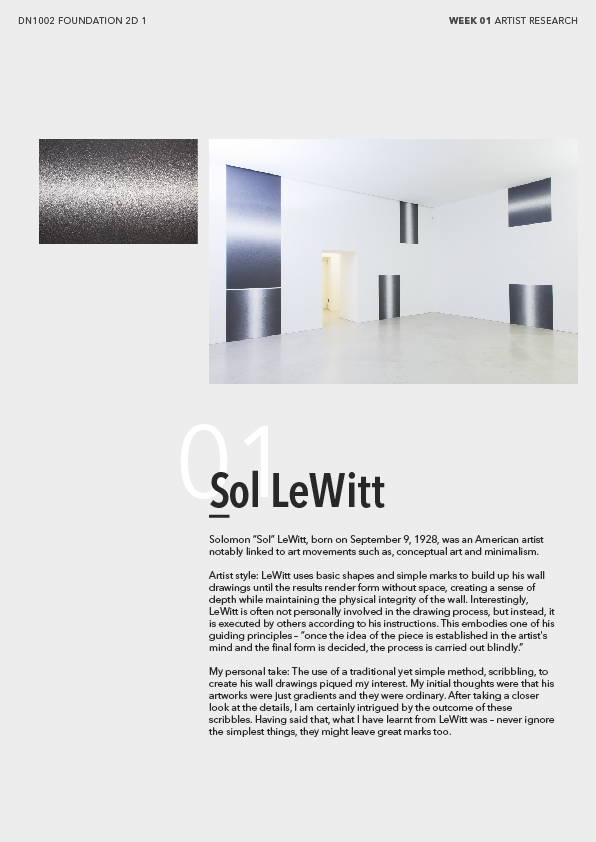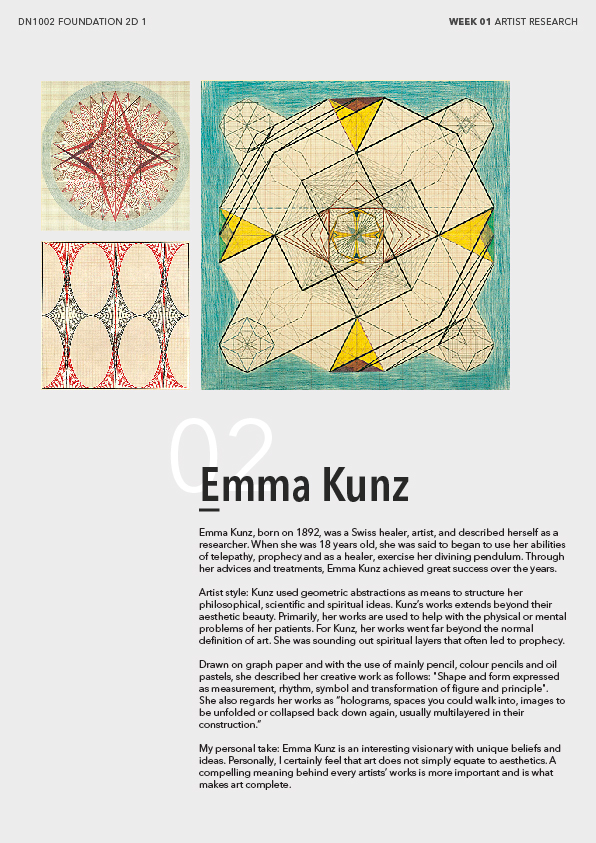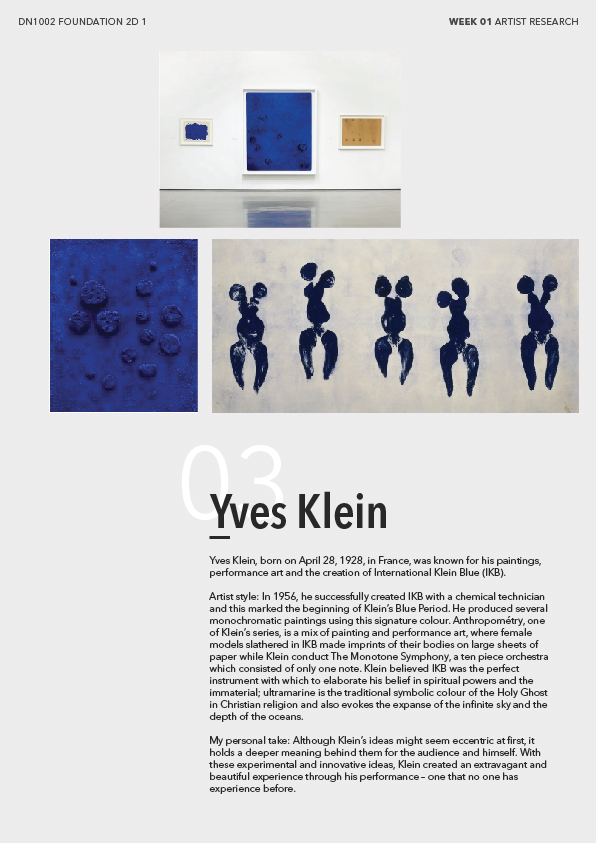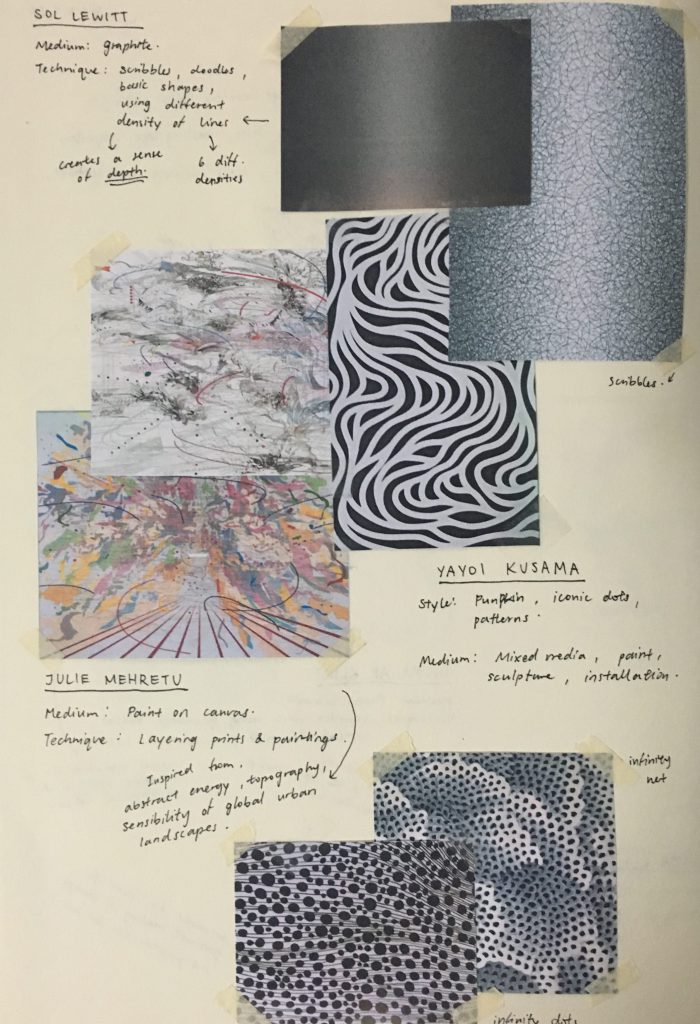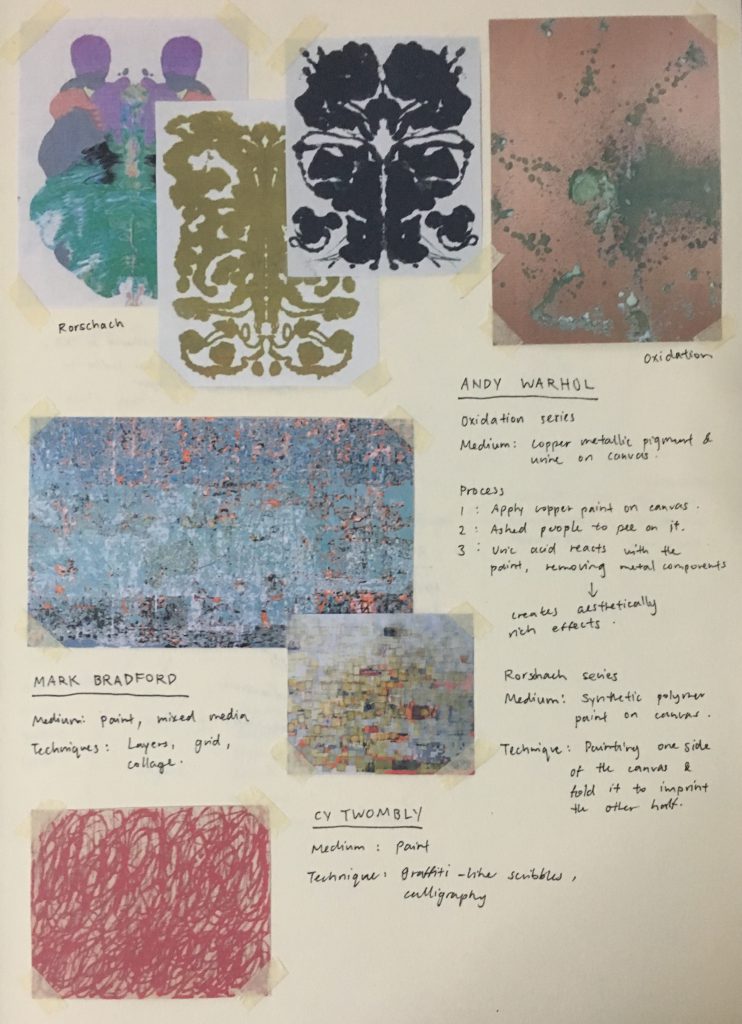QUANTUM THEORY
RESEARCH
Amongst the many concepts that quantum theory displayed, some of them which I identified were quantum mechanics, quantum cosmology, quantum entanglement and superposition.
Quantum mechanics: Quantum mechanics is the body of scientific laws that describe the wacky behaviour of photons, electrons and the other particles that make up the universe. It also describes the forces of nature at the smallest scales.
Quantum cosmology: Quantum cosmology is the attempt in theoretical physics to develop a quantum theory of the Universe. This approach attempts to answer open questions of classical physical cosmology, particularly those related to the first phases of the universe. It also links to the roots of mythological beliefs from many cultures.
Quantum entanglement: Quantum entanglement is a physical phenomenon which occurs when pairs or groups of particles are generated, interact, or share spatial proximity in ways such that the quantum state of each particle cannot be described independently of the state of the other, even when the particles are separated by a large distance.
Superposition: Quantum superposition is a fundamental principle of quantum mechanics. It states that, much like waves in classical physics, any two (or more) quantum states can be added together (“superposed”) and the result will be another valid quantum state; and conversely, that every quantum state can be represented as a sum of two or more other distinct states.
– being in different states at once
– being at more than one place at the same time
CONCEPT 1: THE COSMIC EGG
For this particular concept, I focused on an idea rather abstract. When I was researching about quantum theory, I chanced upon, quantum cosmology, where it states that it attempts to answer open questions of classical physical cosmology, particularly those related to the first phases of the universe. So I thought, what were the first phases of the universe? It turns out that many cultures had the belief that the beginning of the universe and birth of life started from an egg, hence “the world egg/cosmic egg”. As absurd as it sounds right now, it was the belief of several cultures during the primeval times.
As this concept contradicts modern ways of defining the birth of the universe, I want to highlight the juxtaposition and duality in the attitudes towards evolution – myth vs. math. As it is also rather ironic that something so organic, the blooming of life, is now replaced by mathematical equations, scientific theories and hypothesises.
“What is the form of the universe? The questions of what the universe is, where it came from, what it evolves towards, and how it relates to human existence—are now answered in terms of morphology as they arise from Plato’s forms and Sheldrake’s work, but mostly by genetics itself. “The Cosmic Egg” introduces a “mechanics of form”, where every form (natural or manmade) has a minimum and a maximum, including the universal form, and where form can thus be mathematically defined. Now, all our ancient questions are quite easily answered, unsolvable paradoxes understood, the ultimate puzzle laid out to show the universe as organismic and as intimately relating to the human form! The “Cosmic Egg” unifies physics with biology, with metaphysics, with legend, and all other human observation about reality. It spells the end of mechanistic models of reality, and the beginning of a truly meaningful science that is principally the study of life. The “Cosmic Egg” unifies our existing paradoxes by offering the simplest possible reason for existence itself, the simplest of all possible truths.”
– by Fritz Blackburn
RESEARCH






Upon researching the different cultures that have a common belief of the cosmic egg, 2 cultures that piqued my interest was the Greek and Polynesian mythology. Although both believe that the start of the universe began with an egg, Greek mythology was about the creation of Gods and Goddesses. Whereas, the Polynesian mythology’s focused on Vari, the female spirit which symbolises growth and feminity. A parallel seen in the Polynesian mythology is basically birth in human beings – the evolution of human beings and growth in human. The universe is just a larger scale of that very same concept of evolution and growth.
The Cosmic Egg
Juxtaposition and duality in the attitudes towards the universe’s evolution – myth vs. math
I feel that these videos share a certain visual quality that reminds me of the organic yet, mathematical aspect of the universe’s evolution
MOODBOARD
This is the general mood board for the first concept. However, the Greek and Polynesian mythology both have different styles. The anatomy as motifs and more organic forms would be more suitable if I were to go ahead with the Polynesian mythology as the theme. On the other hand, Sonia Lazo’s illustrations are more majestic, whimsical and playful at the same time, suitable for the intepretations of the Greek mythology.







CONCEPT 2: THE MULTIVERSE
For this concept, I mainly focused on superposition and entanglement as I feel that they epitomize the quantum theory. The multiverse is a hypothetical group of multiple universes including the universe in which we live. Together, these universes comprise everything that exists: the entirety of space, time, matter, energy, and the physical laws and constants that describe them. The different universes within the multiverse are called “parallel universes”, “quantum realities”, or “alternative universes”.
There are five plausible scientific theories suggesting we live in a multiverse:
1. Infinite Universes
In a way, a multitude of universes exists next to each other in a giant patchwork quilt of universes. [Visualizations of Infinity: A Gallery]

2. Bubble Universes
In some of these bubble universes, the laws of physics and fundamental constants might be different than in ours, making some universes strange places indeed.
3. Parallel Universes
Another idea that arises from string theory is the notion of “braneworlds” — parallel universes that hover just out of reach of our own.

4. Daughter Universes
The theory of quantum mechanics, which reigns over the tiny world of subatomic particles, suggests another way multiple universes might arise. Quantum mechanics describes the world in terms of probabilities, rather than definite outcomes. And the mathematics of this theory might suggest that all possible outcomes of a situation do occur — in their own separate universes. For example, if you reach a crossroads where you can go right or left, the present universe gives rise to two daughter universes: one in which you go right, and one in which you go left.
5. Mathematical Universes
Scientists have debated whether mathematics is simply a useful tool for describing the universe, or whether math itself is the fundamental reality, and our observations of the universe are just imperfect perceptions of its true mathematical nature. If the latter is the case, then perhaps the particular mathematical structure that makes up our universe isn’t the only option, and in fact all possible mathematical structures exist as their own separate universes. (https://www.space.com/18811-multiple-universes-5-theories.html)
“If space-time goes on forever, then it must start repeating at some point, because there are a finite number of ways particles can be arranged in space and time.
So if you look far enough, you would encounter another version of you — in fact, infinite versions of you. Some of these twins will be doing exactly what you’re doing right now, while others will have worn a different sweater this morning, and still, others will have made vastly different career and life choices.”
This excerpt was really interesting to me and it shows the infinite possibilities of the universe. Relating back to quantum theory, it also resembles the superposition and entanglement concepts.
From 1:12 min onwards
Superposition and entanglement really reminded me of the recent spiderman movie, where they reveal several spidermen from different universes, all taking up different states and form.
This movie, Coherence, is a movie that draws inspiration from the superposition and entanglement concept – also, Schrödinger’s cat. In the movie, 8 friends reunite at a dinner party when a comet passes and they must deal with strange occurrences following the comet sighting. The friends realize the other house is an alternate of theirs and met copies of themselves. (to continue, https://en.wikipedia.org/wiki/Coherence_(film))


MOODBOARD
For my second concept, the mood board consists more of geometrical and warped elements, vectors, dimensional objects. To express the concept of superposition and entanglement, and the multiverse, I feel that the elements must be similar, yet portraying different “states”.





REFERENCES
http://www.physics.org/article-questions.asp?id=124https://www.sciencedaily.com/terms/quantum_entanglement.htm
https://www.amazon.com/Cosmic-Egg-complete-universe-everything/dp/1521951918.
https://arxiv.org/ftp/arxiv/papers/1604/1604.03332.pdf
https://www.newscientist.com/article/dn26267-four-ways-you-can-see-the-multiverse/
https://en.wikipedia.org/wiki/Multiverse
https://en.wikipedia.org/wiki/Coherence_(film)







